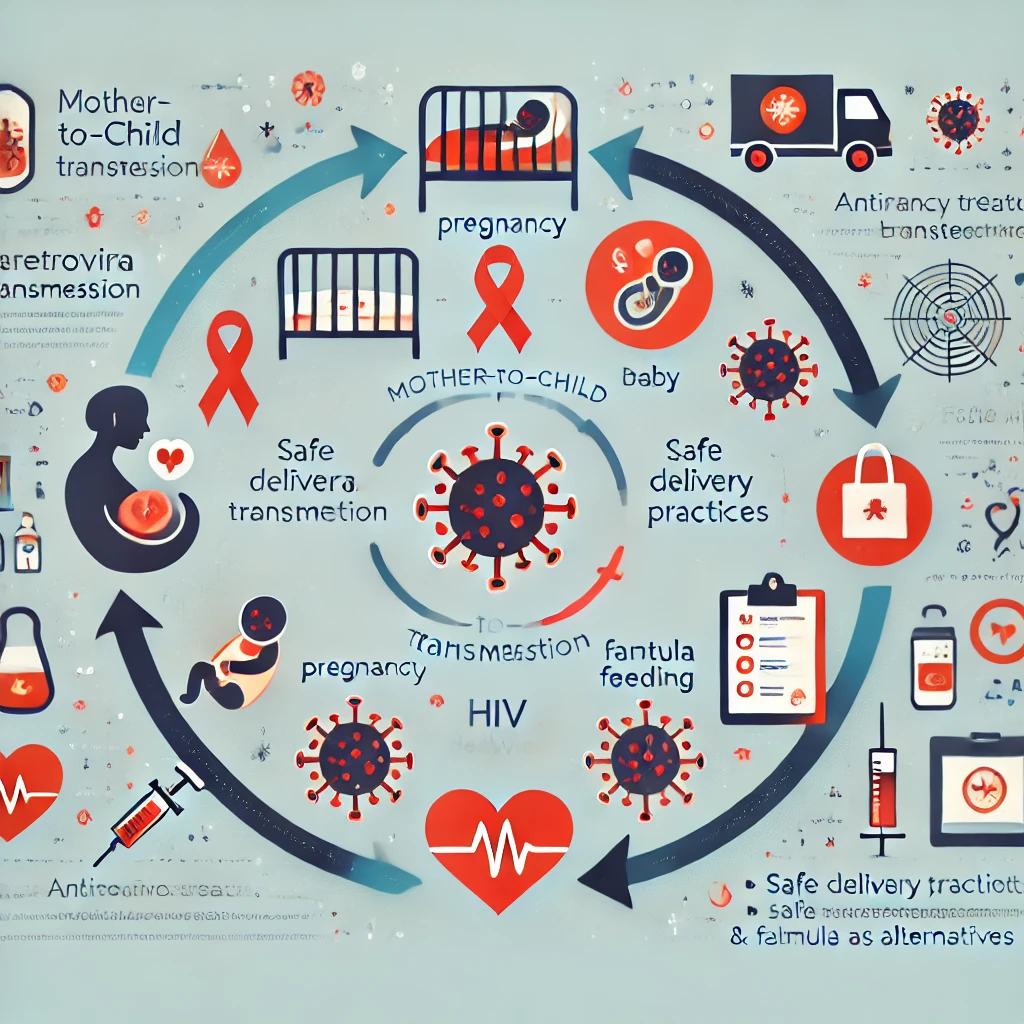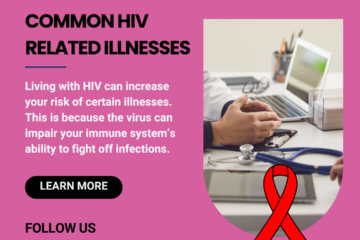Mother-to-child transmission (MTCT) of HIV is one of the primary ways the virus spreads among children. This mode of transmission occurs when an HIV-positive mother passes the virus to her child during pregnancy, childbirth, or breastfeeding. Without appropriate intervention, there is a significant risk of HIV being transmitted to the infant. However, with proper medical care, prevention measures can be highly effective in minimizing the risk.
How HIV Transmission Occurs
- During Pregnancy: HIV can cross the placental barrier and reach the fetus. The virus can be transferred through maternal blood or amniotic fluid, especially if the mother’s viral load is high or if there is any infection or inflammation of the placenta. However, with antiretroviral therapy (ART), the risk of transmission during pregnancy can be reduced to less than 1%.
- At the Time of Delivery: The transmission risk increases during childbirth due to exposure to the mother’s blood and genital secretions. This is why specific delivery methods, such as cesarean sections, are often recommended for HIV-positive mothers with high viral loads to reduce exposure during labor.
- Through Breastfeeding: Breastfeeding is another significant source of transmission. The virus can be present in breast milk, and prolonged breastfeeding increases the chances of transmitting HIV. Despite this, in some parts of the world where safe alternatives to breastfeeding are unavailable, mothers are advised to continue breastfeeding but adhere strictly to antiretroviral therapy.
Prevention of Mother-to-Child Transmission
The good news is that several measures can prevent mother-to-child transmission of HIV. These include:
- Antiretroviral Therapy (ART): When mothers receive ART throughout pregnancy, delivery, and breastfeeding, the risk of transmission drops dramatically. ART helps to lower the viral load in the mother’s body, making it less likely that the virus will be passed on to the baby.
- Safe Delivery Practices: Depending on the mother’s viral load, a cesarean delivery might be recommended to avoid exposure to the virus during birth.
- Infant Prophylaxis: HIV-exposed infants should receive antiretroviral medication after birth to reduce their risk of infection. This is particularly important for the first few weeks of life.
- Breastfeeding Alternatives: Where safe and feasible, using formula milk is encouraged to prevent the risk of transmission through breastfeeding. In resource-limited settings, exclusive breastfeeding for the first six months along with ART is advised.
- Routine Testing and Monitoring: Regular testing of pregnant women for HIV is critical. Early detection allows for timely interventions to protect both the mother and the child.
Global Impact and Efforts
Mother-to-child HIV transmission remains a major public health issue in many parts of the world, particularly in sub-Saharan Africa. However, the World Health Organization (WHO) and other global health bodies are making significant progress in reducing these transmissions. Comprehensive prevention programs, increased access to ART, and public awareness campaigns are contributing to declining transmission rates globally.
The Role of PACOWWEI
At PACOWWEI, we are committed to spreading awareness about mother-to-child transmission and supporting efforts to eliminate pediatric HIV. Through advocacy, education, and access to healthcare, we aim to empower mothers with the knowledge and tools they need to prevent HIV transmission and ensure a healthy future for their children.
Conclusion
Preventing mother-to-child transmission of HIV is possible with the right interventions. Early diagnosis, consistent use of ART, and adherence to medical guidelines can help ensure that HIV-positive mothers give birth to healthy, HIV-free children. By continuing to raise awareness and provide resources to those affected, we can move closer to a world free from pediatric HIV.



